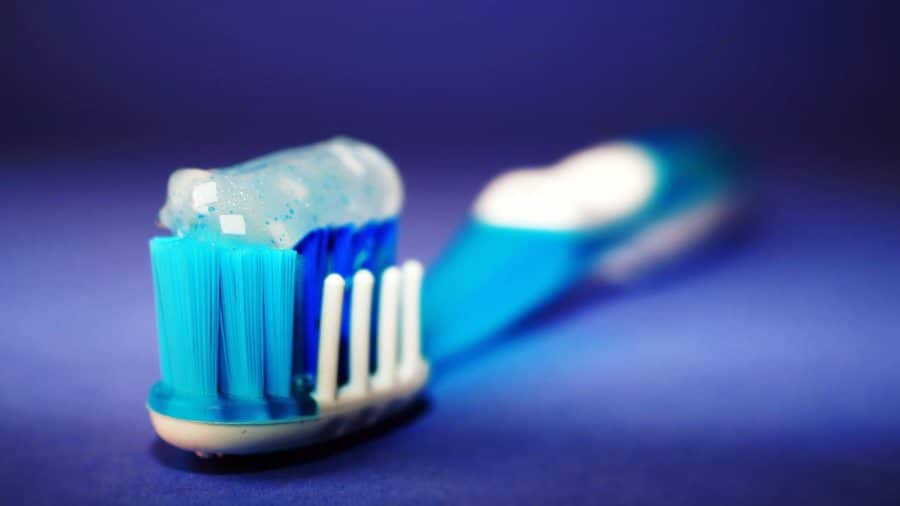The world of toothpaste can be baffling, with a vast variety of options on the shelves offering different benefits and packed with colorful packaging. However, identifying the ideal toothpaste for your unique oral hygiene needs can greatly impact your overall oral health. In this guide, we will explore the various categories of toothpaste and its benefits, helping you to make an informed decision on your path to minty freshness.
Understanding the Basics
All toothpaste has a few common components. These basic ingredients work together to clean your teeth, protect against cavities and freshen your breath:
- Fluoride: This essential mineral helps strengthen enamel, preventing tooth decay and cavities.
- Abrasives: Mild abrasives remove food particles, plaque, and surface stains, keeping teeth clean and bright.
- Detergents: These create a foamy lather, making brushing easier and giving a fresh, clean feeling.
- Humectants: They help keep toothpaste moist and prevent it from drying out.
When selecting the perfect toothpaste, it's important to consider your individual oral care needs. If you are unsure, consult your dental professional who can recommend the best toothpaste based on your specific requirements. Remember, using the right toothpaste can not only lead to a brighter smile but also promote better oral health. Regular visits to a dentista for dental checkups can also help in ensuring the well-being of your oral health.
Natural and Fluoride Toothpaste
For those looking for a more environmentally-friendly option, natural toothpaste avoids synthetic ingredients and focuses on organic components. It's important to note that not all natural toothpastes contain fluoride, which is essential for proper dental hygiene. Always check the label to ensure fluoride is present in the toothpaste to protect against cavities and decay.
Arguably the most commonly used type, fluoride toothpaste helps protect teeth against decay and cavities by remineralizing and strengthening tooth enamel. Fluoride toothpaste is recommended for individuals of all ages as a part of their daily oral hygiene routine.
Preventive Solutions
If you wince when sipping on a cold drink or experience pain while brushing, you may have sensitive teeth. Toothpaste geared towards sensitive teeth contains ingredients such as potassium nitrate or stannous fluoride, which help reduce the sensation of pain by blocking the tubules in the dentin layer of your teeth.
Designed to help prevent gum disease, anti-gingivitis toothpaste contains active ingredients like triclosan or stannous fluoride that reduce plaque buildup and gingivitis-causing bacteria. Using these kinds of toothpaste can help promote healthier gums and decrease the likelihood of gum disease over time.
Whitening and Tartar Control
For those who desire a brighter smile, whitening toothpaste can aid in removing surface stains and discolorations. It contains extra abrasives and/or mild bleaching agents that dissolve superficial stains, making teeth appear cleaner and brighter.
An additional type of toothpaste worth mentioning is tartar control toothpaste. Tartar is a hardened plaque that is more difficult to remove. This toothpaste type often contains ingredients like pyrophosphate or zinc citrate, which are formulated to prevent tartar buildup on teeth. Regular use of tartar control toothpaste can help in maintaining clean teeth and reducing the amount of professional cleanings needed.
Kids Toothpaste
If you are selecting toothpaste for young children, there is toothpaste specifically designed for kids. These kinds of toothpaste generally have milder flavors and may contain less fluoride, so they are gentle on children's taste buds and safer if swallowed. Be sure to read the label carefully and follow any age recommendations on the packaging. Supervising your children during brushing to ensure they use the proper amount of toothpaste is necessary for their dental health.
ADA Seal of Acceptance
When shopping for toothpaste, look for the American Dental Association (ADA) Seal of Acceptance on the packaging. This seal indicates that the toothpaste has undergone rigorous testing and meets the requirements for safety, effectiveness, and promoting good oral health. Choosing a toothpaste with this seal is an easy way to ensure that you’re using a product that lives up to its claims.
While the sheer number of toothpaste options can seem overwhelming, understanding the different categories and their benefits can help simplify your choice. By identifying your unique dental needs and selecting the right toothpaste, you'll be well on your way to mastering minty freshness and achieving optimal oral health. Happy brushing!


